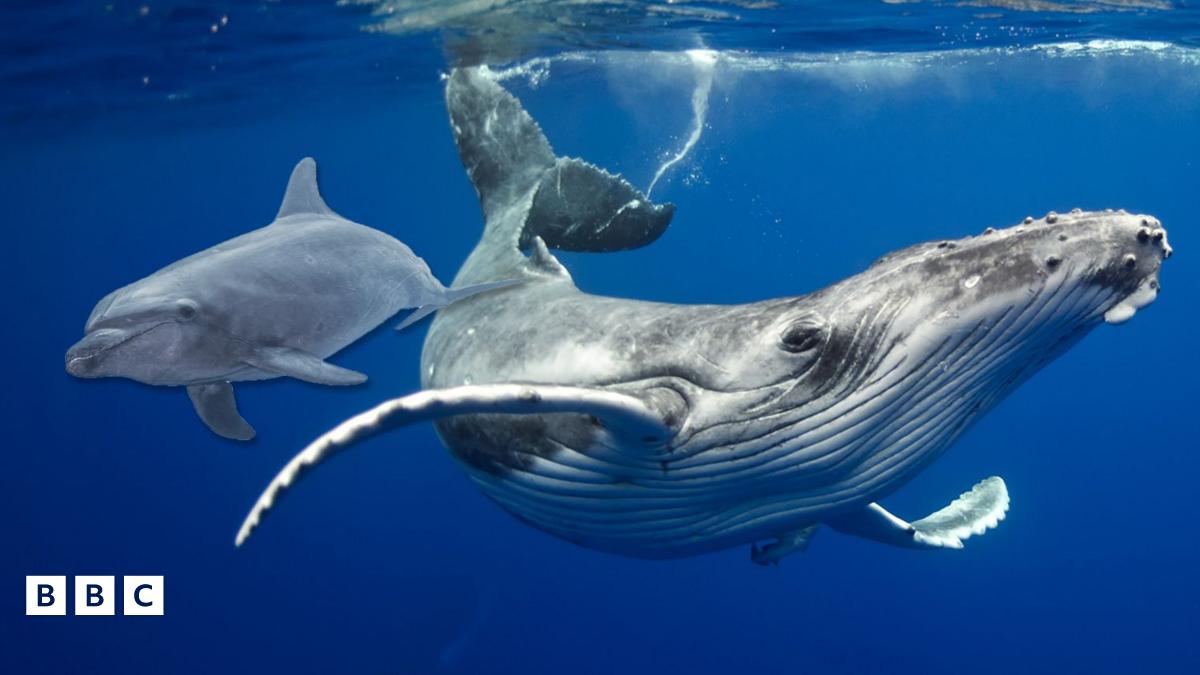Whilst watching the videos, the researchers noted down the date and time of the interaction, the location, the number of animals involved, the age class, and the position of the dolphins in relation to the whale´s main body parts – the rostrum or ‘beak’, the flank or side, and fluke or tail).
In total they recorded interactions from 425 baleen whales from six different species, with humpback whales the most popular at 68%, and 1570 dolphins were observed, with bottlenose dolphins the most common at 51%.
They discovered the most common whale-dolphin interaction involved dolphins swimming near the whale’s rostrum, similar to how they swim near the front of ships, which the researchers think could be an energy-efficient mode of swimming and a form of one-sided play by the dolphins.
In around one-third of all the interactions, the whale responded positively by rolling from side to side, presenting its belly and moving slowly towards the dolphins.
“I hope that this study can serve as a foundation for future studies.” said Olivia Crawley.

